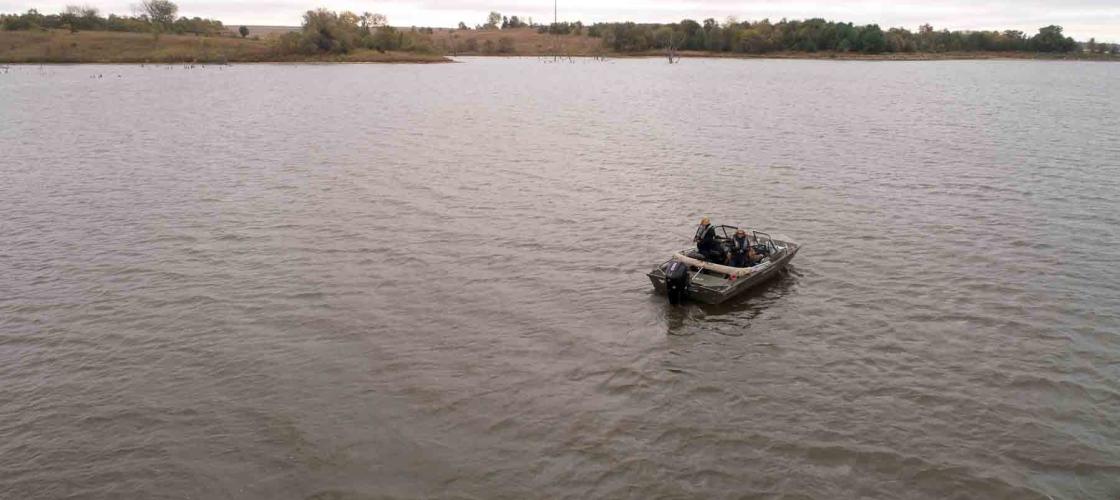
If heaven were a place on earth, it would have to be Missouri in the fall. Not only are the hunting opportunities second-to-none, but the fishing is, pardon the pun, off the hook.
With so many great places to go, techniques to use, and species to target, where do you start?
How about right here? Let’s narrow in on some of the best fisheries and techniques in the Show-Me State for crappie, largemouth bass, and walleye.
Slabs for Days
Missouri is home to both black and white crappie. The two species average 9 to 10 inches long and are a schooling fish, so when you catch one, it’s always a good idea to try for more. Why do you want to catch more? Because crappie are delicious! In fact, they’re one of the best tasting fish that’ll ever grace your frying pan, not to mention a lot of fun to catch.
Fall is primetime for catching good numbers of crappie as they gorge themselves in preparation for the winter ahead. Be sure to know ahead of time the length and possession limits for the body of water you’re fishing. Once you get into a mess of crappie, the action can be fast and furious.
In general, crappie tend to relate to structure like submerged timber, brush piles, and vegetation near open water. These areas allow them easy access to prey like shad and invertebrates, while affording cover and protection from larger fish. These places also make it more likely you’ll get snagged fishing for them, so be sure to bring extra tackle.
Fortunately, some of the best rigs for crappie are also easy, inexpensive, and best presented with a spinning rod and reel combo. Six-to-eight-pound test line is fine for most scenarios. Slip bobber rigs are elegantly simple and absolutely deadly when suspended over brush piles. Experiment with depths in the 5 to 10 foot range and position your boat 15–20 feet away from the pile to avoid spooking fish.
For a more proactive approach around brush piles, keep your distance, but try casting a 1/16–1/8 ounce jig beyond the brush. Let the jig sink down near the brush then try different retrieves to see what triggers a strike. Keep doing that until the school stops hitting.
Once you’ve worn out the aggressive fish, move on to the top of the brush pile, or if it’s standing timber, right up against the trunk. Vertical jig in and around the structure to instigate any remaining fish. Often, this is how you hook up with much larger crappies.
Missouri has incredible fall crappie fishing across the entire state, but three of the top producing reservoirs that should be on your list are Pomme de Terre, Truman, and Stockton.
Livin’ Large
When you think largemouth, you typically think summertime bruisers busting the surface, heads shaking furiously to toss a hook. But don’t overlook fall. Just like their crappie cousins, largemouth bass are beating up on shad and other baitfish to fuel their winter survival. Unlike their crappie cousins, the baitfish Missouri largemouth are chasing in the fall are significantly bigger.
Bigger baits mean beefier gear, so expect to sling a baitcaster spooled with 10-to-12-pound test line. Monofilament will usually be fine, but you might benefit from upgrading to fluorocarbon line when the water is crystal clear, and fish tend to be spookier.
Life for an autumn largemouth revolves around sticking close to schools of shad. These schools are often referred to as “balls” due to their density and how they show up on electronic fish finders. As the days shorten and temperatures fall, these masses of baitfish migrate up into creek arms off the main lake, and so should you. In addition to using electronics to locate baitfish, key in on features like flats, standing timber, chunky rock banks, and even manmade structures like docks.
One of your best bets for bending your rod on some fall largemouth is Lake of the Ozarks. With over 1,100 miles of shoreline and feeder creeks, your options are almost limitless. Prospect around structure with baits like Wiggle Warts, chatterbaits, and Indiana-bladed spinnerbaits. Run shad-colored wakebaits over flats to trigger a strike.
Truman Reservoir is another great Missouri largemouth destination for fall fishing. While not as big as its Lake of the Ozarks neighbor, it’s also not as busy in terms of boat traffic and you’ll have no problem finding secluded creek arms to explore.
Bass bustin’ favorites on this lake include brush jigs with big trailers thrown in and around brush piles and timber. Spinner baits clad with Indiana or Colorado blades can be deadly, along with chatterbaits. On calm days, especially during the twilight bite, bold and brash buzzbaits can create some explosively fun topwater action.
In the southwestern corner of our state, the clear waters of Table Rock are home to some incredible largemouth fishing. The same tactics and baits can be used as at Lake of the Ozarks and Truman, but you should also add the beloved Ned rig to your arsenal.
The Ned rig is a finesse jig perfected for finicky bass and fished over rocky bottoms. Its fiber weedguard helps it slip through snags to ensure you spend more time fishing than unsnagging. Bring different colored bodies to determine what the bass like best, but it’s always a safe bet to start with watermelon or pumpkin to mimic the look of a crawdad.
Working for Walleye
If it’s toothy tightlines you’re after, Missouri fall-time walleye are exactly what you’re looking for. Think crappie couldn’t be beat for table fare? Deep fried walleye will definitely give them a run for their money. Pro tip: If you’re keeping fish to eat, be sure to harvest the cheeks off your walleye. They’re like delicious little freshwater scallops.
If your mouth is already watering, or you’re just ready to take on some autumn ’eyes, here’s how to make it happen.
Much like the crappie and largemouth featured in this article, walleye also are bulking up for the slowdown of winter. And again, like the other species, they’re primarily keyed in on concentrations of shad.
Known primarily as a bass lake, Table Rock teems with great numbers of walleye and good sizes, too. But as noted before, the clear waters of this Ozark lake require a more finessed approach if you want to put fish in that live well.
Spool your spinning rod up with 6-to-8-pound flourocarbon and tie on a drop shot rig tipped with a whole nightcrawler. Then use lake maps and/or electronics to find structure in about 30 feet of water. If you prefer to cover more water in less time, break out the baitcasters and troll crawler harnesses on flourocarbon line over deep structure and flats. If you can, create GPS waypoints wherever you hookup and use that information to get right back on the fish.
Not to be outdone by Table Rock, Stockton heats up for walleye as the temperatures begin dropping and the days get shorter. Big crankbaits trolled over flats and deep structure are killer for serious ’eyes. The more they resemble shad, the better. Hit the same areas with crawler harnesses to give them a different look.
Jigs, or jigs tipped with minnows, danced around deep brush piles or schools of shad can be a productive way of picking off walleye that are unwilling to venture far from their cover or food. Don’t be surprised if you pick off a good crappie or two fishing these areas. Jigs have universal appeal to a variety of fish species.
In the northwestern corner of our state, Mozingo Lake is the place for consistent big walleye angling. With a modest 26 miles of shoreline, it’s not as overwhelming as Table Rock or Stockton, though similar techniques will still work, like crawler harnesses pulled over flats and deep structure. Be sure to troll those crawler harnesses along windy shorelines and points, too.
Walleye relating to deep brush piles can often be coaxed into a strike by the seductive swing of a Rapala Shad Rap. Vary the speed on your retrieve to match the mood of the fish.
If you didn’t already have plans for your fall, you do now. People come from across the country to enjoy the fall fishing opportunities here in Missouri. It’s the perfect time and place for your next angling adventure and lucky for you, it’s all right here in your own backyard.

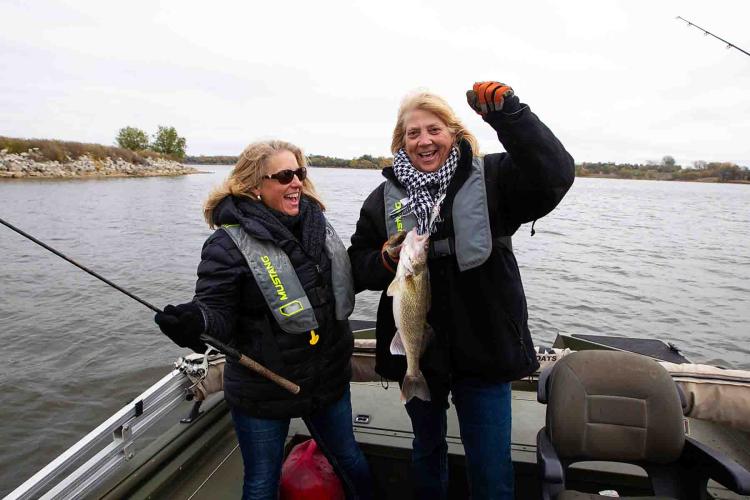
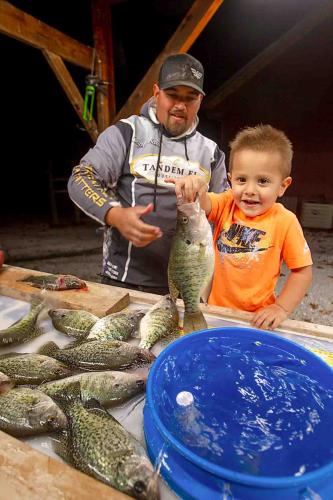
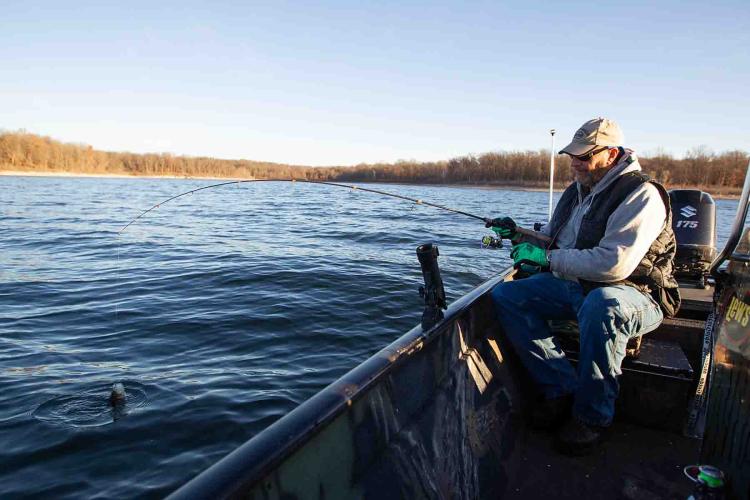
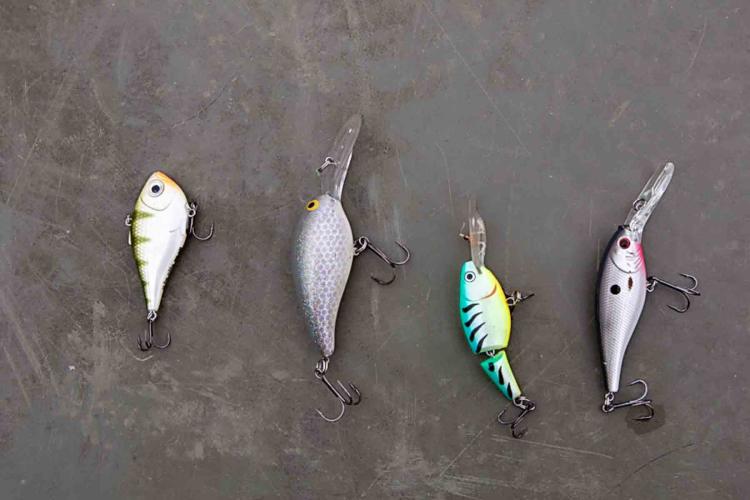
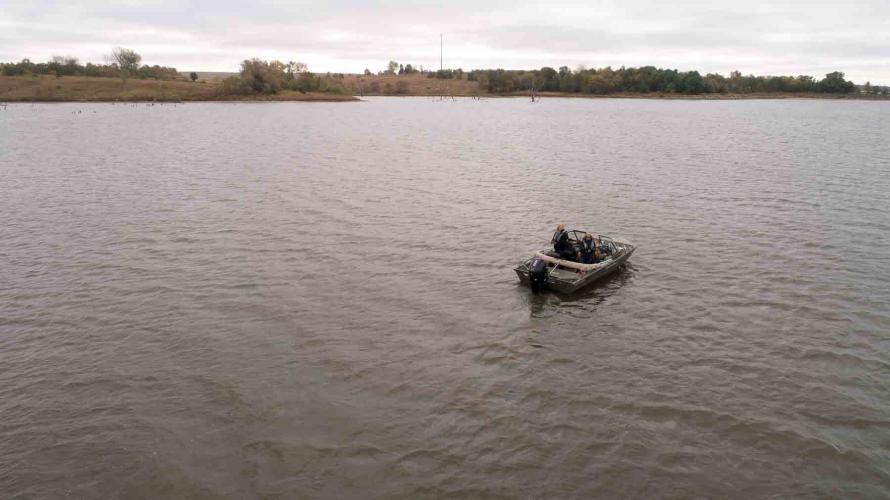

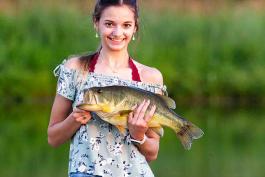
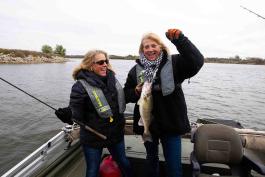
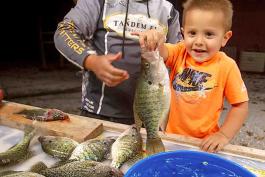
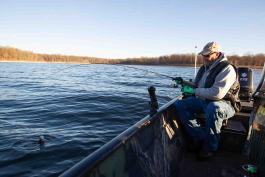
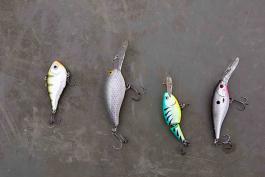

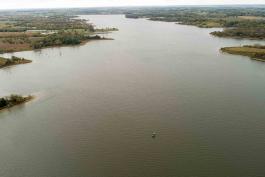
Also In This Issue

While not a literary celebrity, the adaptable spotted orbweaver can be found nearly everywhere

Not always easy to find, but well worth the search
And More...
This Issue's Staff
Editor - Angie Daly Morfeld
Associate Editor - Larry Archer
Photography Editor - Cliff White
Staff Writer - Kristie Hilgedick
Staff Writer - Joe Jerek
Staff Writer – Dianne Van Dien
Designer - Shawn Carey
Designer - Marci Porter
Photographer - Noppadol Paothong
Photographer - David Stonner
Circulation Manager - Laura Scheuler






















